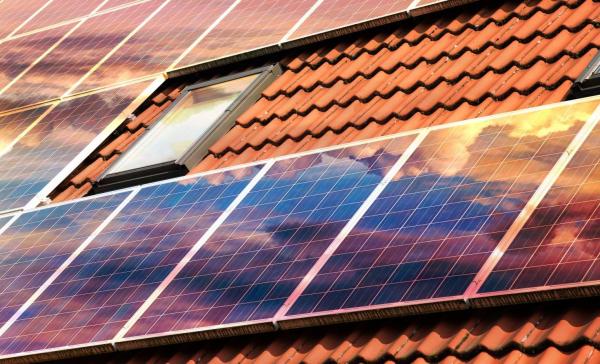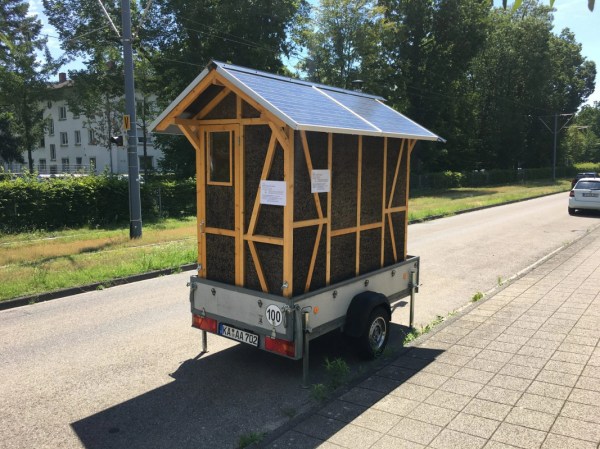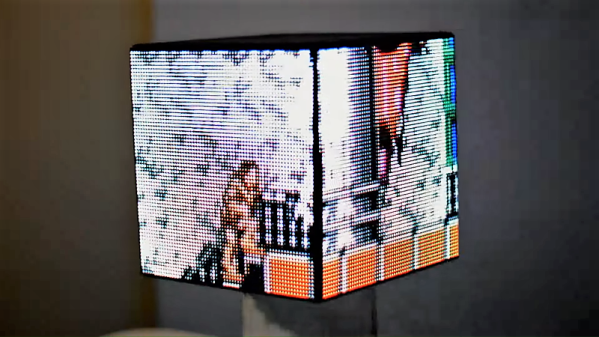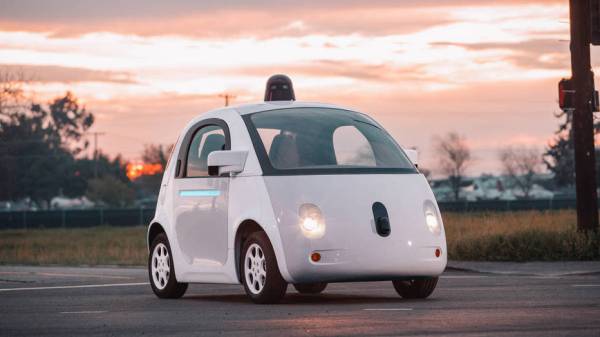The first solar panels may have rolled out of Bell Labs in the 1950s, with major press around their inconsistent and patchy adoption in the decades that followed, but despite the fanfare they were not been able to compete on a price per kilowatt compared to other methods of power generation until much more recently. Since then the amount of solar farms has increased exponentially, and while generating energy from the sun is much cleaner than most other methods of energy production and contributes no greenhouse gasses in the process there are some concerns with disposal of solar panels as they reach the end of their 30-year lifespan. Some companies are planning on making money on recycling these old modules rather than letting them be landfilled. Continue reading “There’s Cash In Them Old Solar Panels”
Panels5 Articles
Mobile Sauna For On-The-Go Relaxation
While it might be nice to imagine owning a cabin in the woods to escape from society, complete with an outdoor sauna to take in the scenic views of nature, most of us will be satisfied with the occasional vacation to a cabin like that. For those trips, or even for long-term camping trips, [Schitzu] and a group of friends thought it would be nice to be able to ensure access to a sauna. For that, they created this mobile, timber-framed sauna that he can tow behind his car.
The sauna is built out of a combination of spruce and Douglas fir, two types of lumber with weather-resistant properties. For an additional layer of protection, the frame was varnished after assembly. The walls are filled with baked cork for insulation, and heat is provided by a small wood-fired oven placed in the corner of the sauna with a stove pipe plumbed through the roof. Performance of the sauna shows good design too, as it can heat up quickly and performs well in all of the tests so far. The final touch on the mobile sauna was to finish the roof with some solar panels in order to gather some energy for long-term camping trips and also to ensure that the roof was protected from rain and weather.
The sauna is designed for two adults to sit in, but it will also accommodate a single person to lay down and sleep (presumably when not using it as a sauna), so the entire trailer actually makes a fairly capable mobile camper too. With the addition of a panoramic window, anyone can take in the sights as well as someone with their own permanently-located sauna could, which is a win in all of our books. If you’re looking for a mobile sauna that’s a little more discrete though, be sure to check out this one which is built in the back of a white panel van.
Ambitious LED Cube Provides Endless Video Game Scrolling; Plays Castlevania
LED cubes are all the rage right now, and rightly so given the amount of work that goes into them and the interesting things people find to do with them. Not content to make yet another position-sensitive display or an abstract design, though, [Greig Stewart] opted for something a bit more ambitious: an LED cube with a playable game of Castlevania.
As ambitious projects often do, this one required leveraging the previous art, some of which we’ve featured before. [Greig] pulled inspiration and information from cube builders like [polyfloyd], [Greg Davill], and [kbob] to put the six 64-LED matrix panels to work. Getting the structural elements figured out was an early stumbling block, but [Greig] pulled it off with 3D-printed brackets and a hinge that’s a work of art in itself; the whole thing looks like something the Borg would have built. The Raspberry Pi inside made a Gameboy emulator possible, and his first stab at it was to have six different games running at once, one on each panel. He settled on just one game, the classic side-scroller Castlevania, played on just four of the panels. Some wizardry was required to de-scroll the game so that the character walks around the cube rather than having the background scroll; you can check out the results in the clip below.
Currently, the cube sits on a lazy susan with a small motor controlling the swiveling in response to a foot control. [Greig] wants to put the motor under control of the game so that physical scrolling is synced with gameplay; we heartily endorse that plan and look forward to the results.
Continue reading “Ambitious LED Cube Provides Endless Video Game Scrolling; Plays Castlevania”
Build Your Own Anechoic Chamber
For professional-level sound recording, you’ll need professional-level equipment. Microphones and mixing gear are the obvious necessities, as well as a good computer with the right software on it. But once you have those things covered, you’ll also need a place to record. Without a good acoustic space, you’ll have all kinds of reflections and artefacts in your sound recordings, and if you can’t rent a studio you can always build your anechoic chamber.
While it is possible to carpet the walls of a room or randomly glue egg crate foam to your walls, [Tech Ingredients] tests some homemade panels of various shapes, sizes, and materials against commercially available solutions. To do this he uses a special enclosed speaker pointed at the material, and a microphone to measure the sound reflections. The tests show promising results for the homemade acoustic-absorbing panels, at a fraction of the cost of ready-made panels.
From there, we are shown how to make and assemble these panels in order to get the best performance from them. When dealing with acoustics, even the glue used to hold everything together can change the properties of the materials. We also see a few other cost saving methods in construction that can help when building the panels themselves as well. And, while this build focuses on acoustic anechoic chambers, don’t forget that there are anechoic chambers for electromagnetic radiation that use the same principles as well.
Thanks to [jafinch78] for the tip!
Make Cars Safer By Making Them Softer
Would making autonomous vehicles softer make them safer?
Alphabet’s self-driving car offshoot, Waymo, feels that may be the case as they were recently granted a patent for vehicles that soften on impact. Sensors would identify an impending collision and adjust ‘tension members’ on the vehicle’s exterior to cushion the blow. These ‘members’ would be corrugated sections or moving panels that absorb the impact alongside the crumpling effect of the vehicle, making adjustments based on the type of obstacle the vehicle is about to strike.














